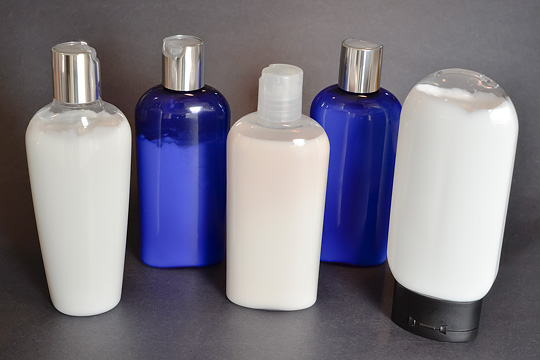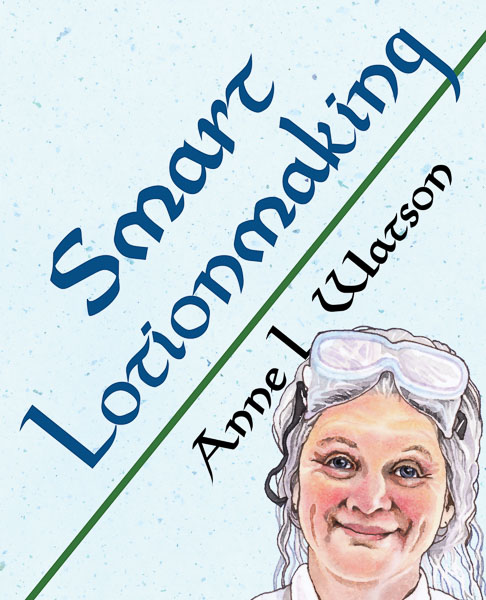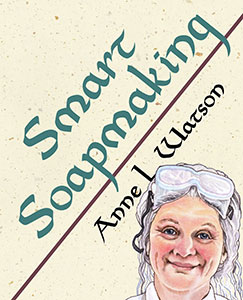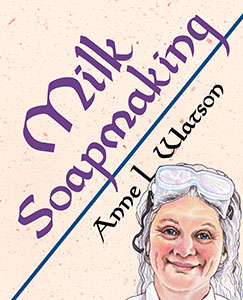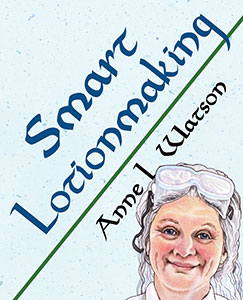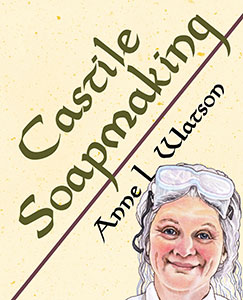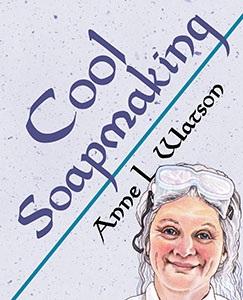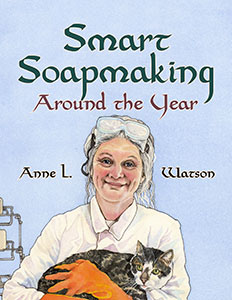A FEW FIRST THOUGHTS
LIES AND LOTIONS
(Myths About Lotion and Lotionmaking)
LOTION LINGO
(Learning the Jargon)
WHAT IS LOTION, ANYWAY?
(What It Is and What Goes Into It)
THE TWO WAYS TO SANITIZE LOTION
(And How to Choose Between Them)
WHAT DO I PUT IT IN?
(Choosing Your Bottles)
WHAT DO I USE TO MAKE IT?
(Gathering the Equipment You Need)
Chart: Equipment Checklist
Recipe: Anne’s Almond Lotion
STEP-BY-STEP LOTIONMAKING
(From Prep to Cleanup and Beyond)
TESTING YOUR LOTION
(Making Sure It’s Safe)
MORE RECIPES!
(Different Lotions You Can Try)
Recipe: Anne’s Walnut Lotion
Recipe: Shea Lotion
Recipe: California Lotion
Recipe: Sunflower and Avocado Lotion
Recipe: Star of the Meadow Lotion
Recipe: Almond and Cocoa Butter Lotion
Recipe: Almond and Coconut Lotion
Recipe: Autumn Lotion
Recipe: Rice Bran and Shea Lotion
Recipe: Hemp and Almond Lotion
Recipe: Shea, Silk, and Chamomile Lotion
Recipe: Ingrid’s Magic Potion Lotion
Recipe: Suz’s Light Lotion
Recipe: Milly’s Body Lotion
MILK LOTION RECIPES
(Treating Your Skin to Milk)
Recipe: Linda’s Goat Milk Lotion
Recipe: Deena’s Goat Milk Lotion
Recipe: Almond Milk and Pistachio Lotion
Recipe: Goat Milk, Chamomile, and Jojoba Lotion
Recipe: Buttermilk, Hazelnut, and Honey Lotion
Recipe: Golden Lotion
DESIGNING YOUR OWN
(How to Create Great Recipes)
Chart: Properties of Fats
TROUBLESHOOTING
(Tricks, Tweaks, and Fixes)
MAKING IT A BUSINESS
(How to Go Pro, Not Bust)
WHY? WHY? WHY?
(Frequently Asked Questions)
WHERE TO READ MORE
WHERE TO GET TESTING
WHERE TO GET SUPPLIES
